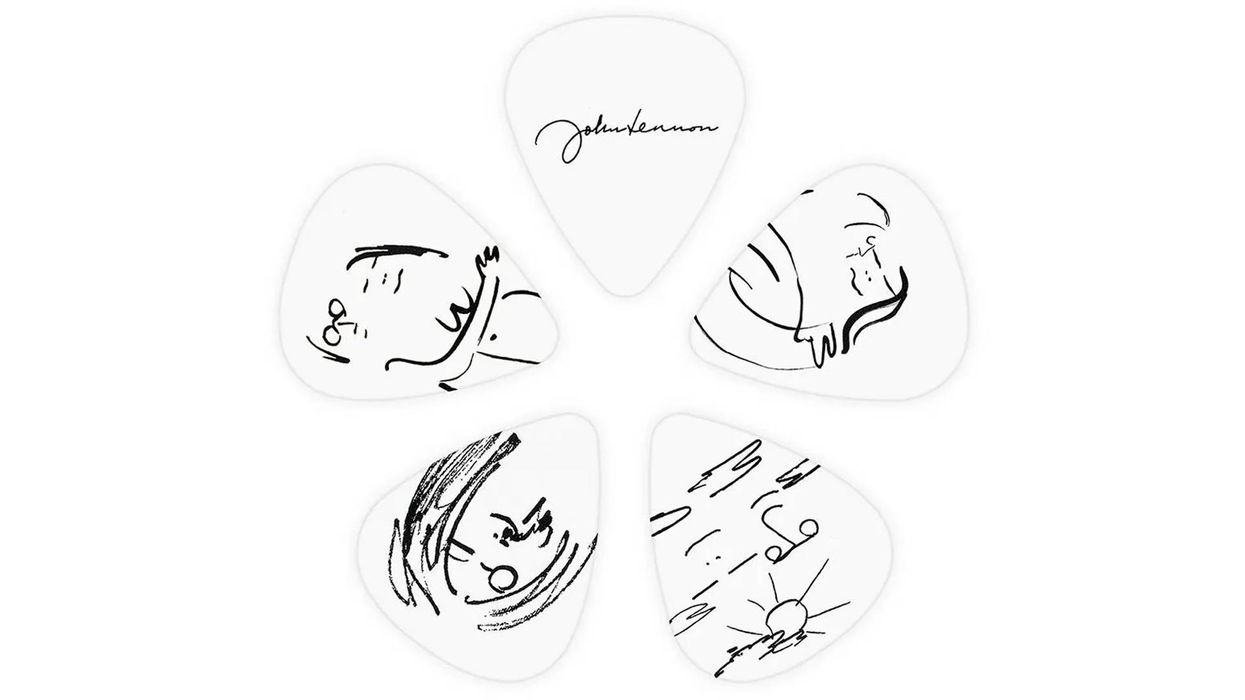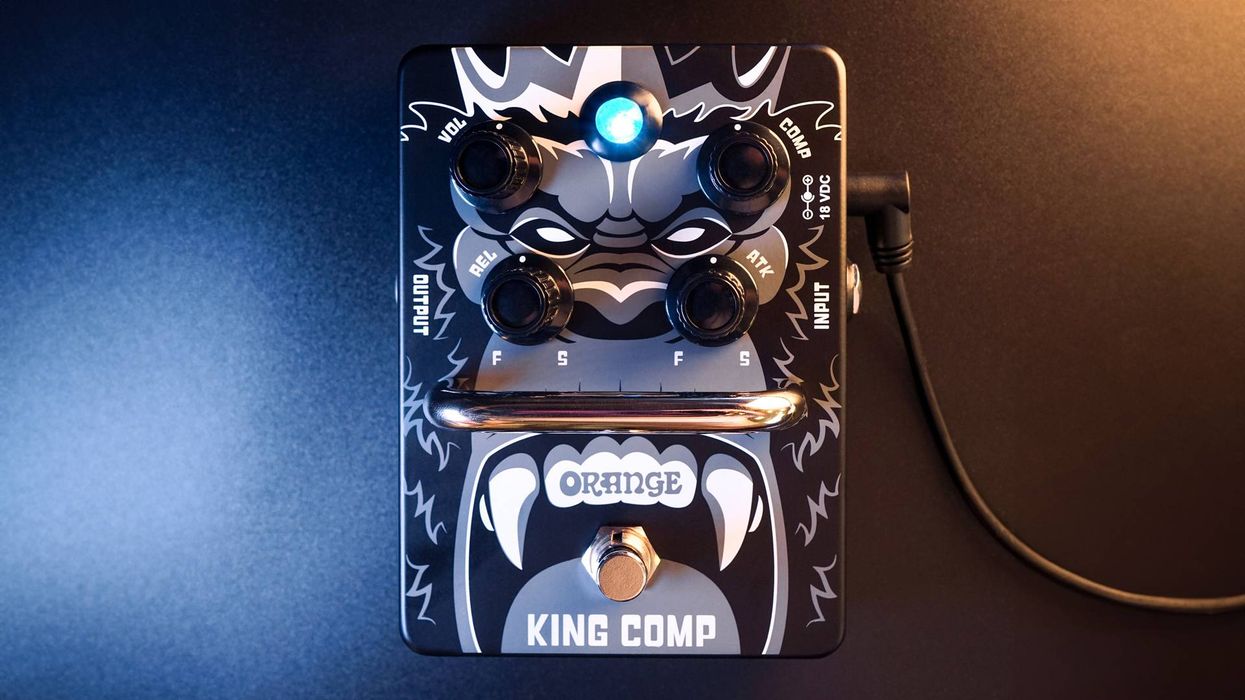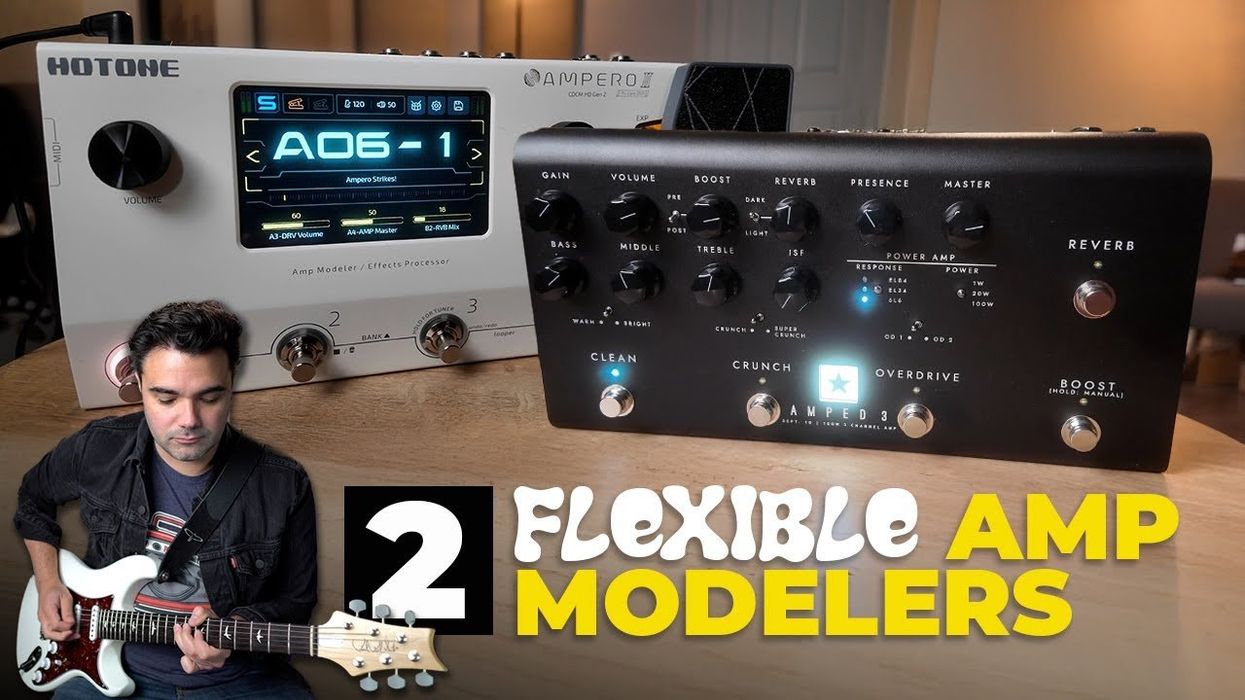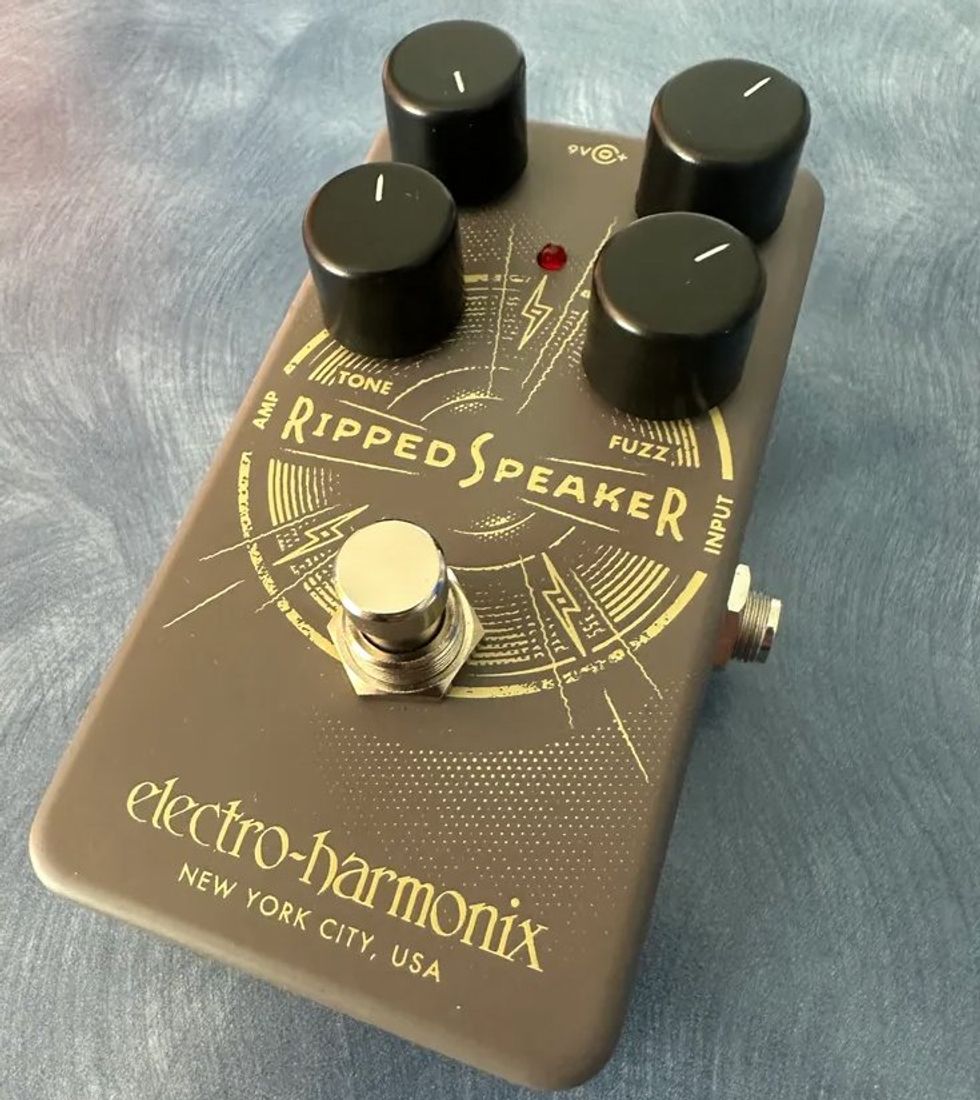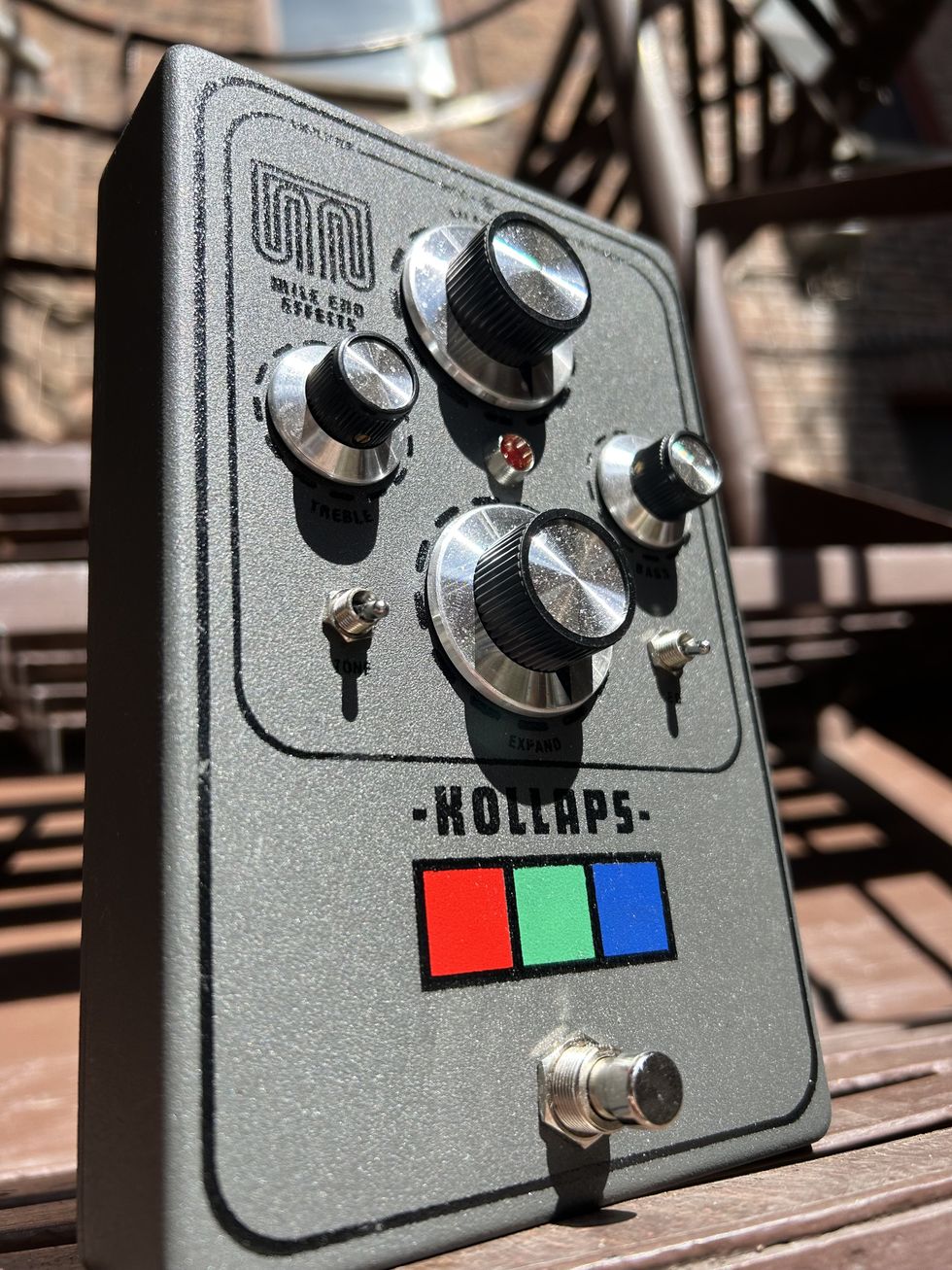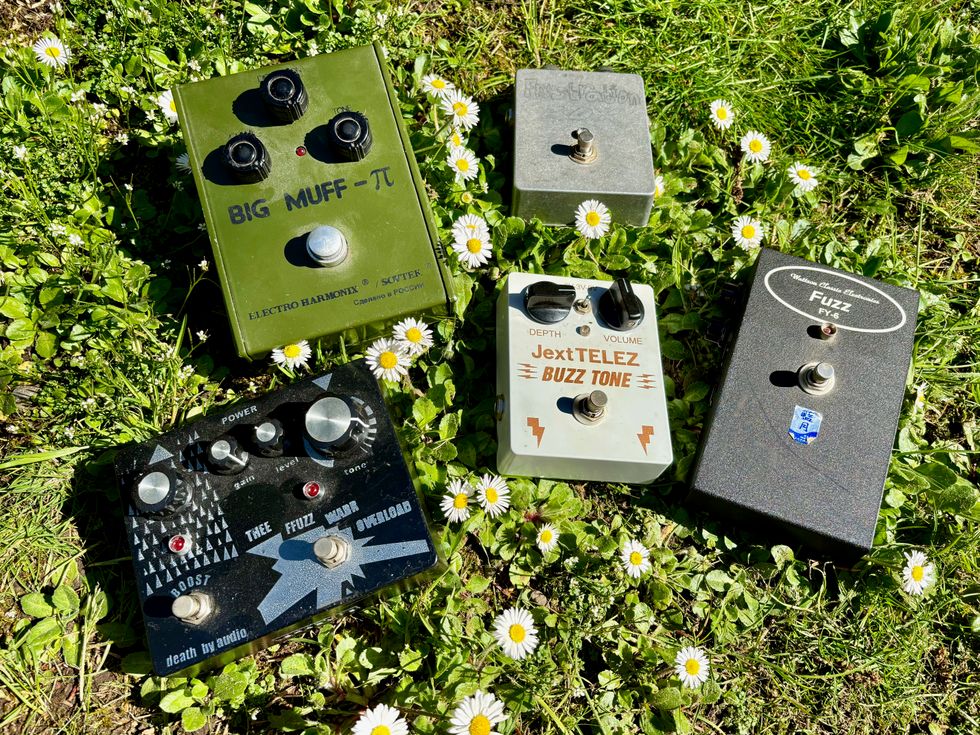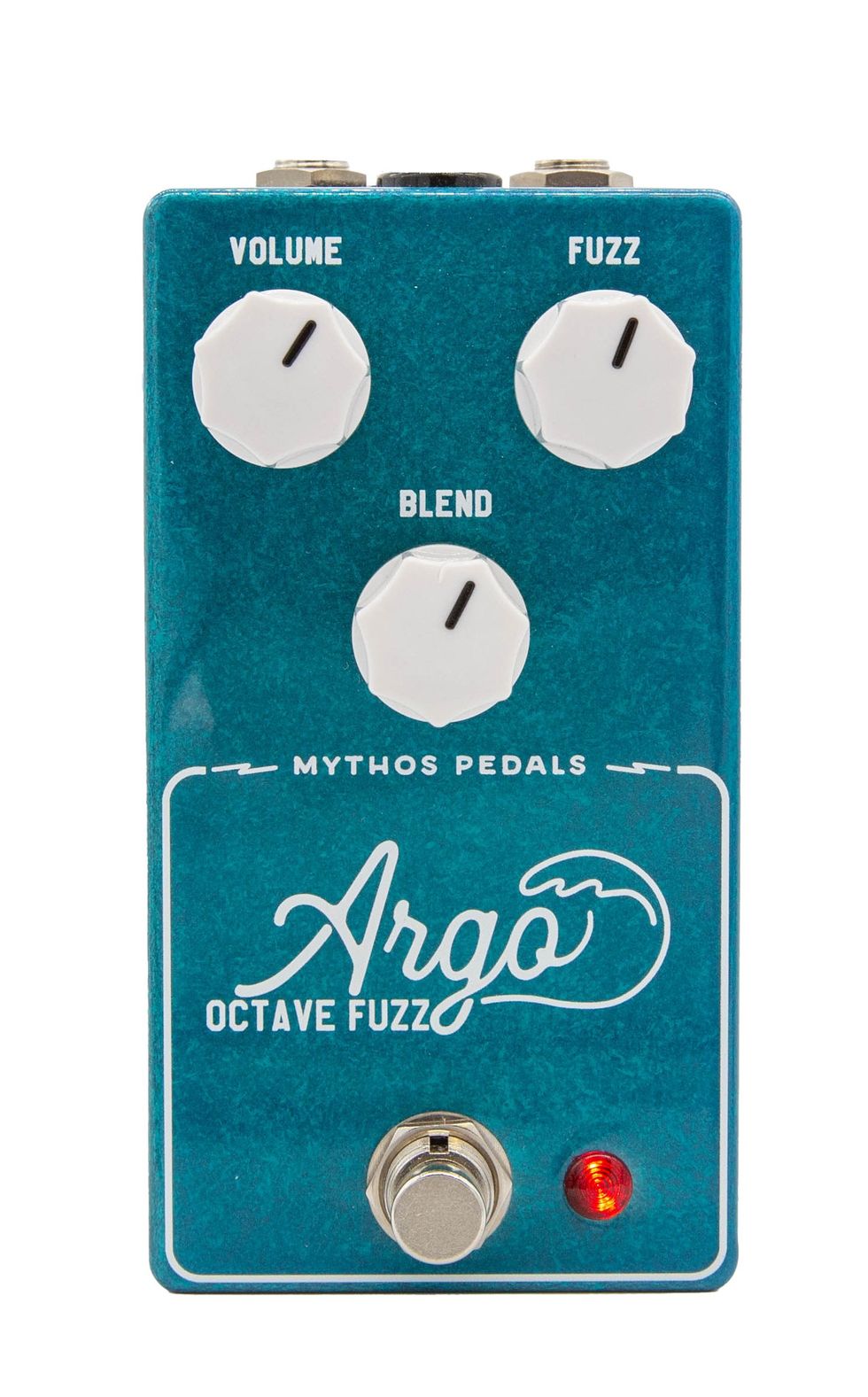Chops: Intermediate
Theory: Beginner
Lesson Overview:
• Learn how to reinvent your phrases with rhythmic displacement.
• Develop a better sense of time by shifting accents.
• Understand how to effortlessly move between positions.
Click here to download a printable PDF of this lesson's notation.
So how do you prevent your solos from sounding like day-old bread? We all have a bag of tried-and-true licks. They sound cool. We like them and they like us. More often than not, we play them exactly the same way without even thinking about it. That’s fine until you get to the second chorus ... or the third or fourth. Don’t get me wrong: Repetition can be an effective compositional tool, but when you use it too much, your playing will become predictable instead of creative or clever. You have to be able to play for more than 12 bars and still keep it interesting.
To combat the potential rigor mortis of your solo, you have two tools: quantity and quality. You either need to add more licks to your trick bag or get extra mileage out of what you already know. The quantity method is pretty straightforward: Just dig into the wealth of resources out there and find new stuff to play. In this lesson we’ll focus on the quality method—specifically, how to use a few rhythmic tricks to bring your favorite, well-worn phrases back from the dead.
Let’s say you always start your favorite lick on beat one. What if you shift to the right by one beat and start the lick on beat two? Or shift to the right by an eighth-note and start on the and of one? If your lick has triplets, you could move it to the right by each triplet subdivision. What about 16th-notes?
This technique is called rhythmic displacement. In other words, we shift a phrase within a measure without altering its original rhythmic structure. The accented and unaccented beats will move, and therefore change the character of the line and create new musical tensions.
Time to get to work. In all our examples, the original lick starts on beat one and then is followed by the displaced versions. Download that metronome app you’ve always wanted and check these out!
An eighth-note line à la B.B. King, Ex. 1 uses the B minor pentatonic scale (B–D–E–F#–A) in 7th position. Learn to play the original and don’t miss that repeated B note on beat three. Play the second half of the example where the line now starts on the and of one. All the notes have been shifted to the right by an eighth-note and the accents will have to change as well—especially the repeated notes and the ending. It might be challenging to start the lick on an upbeat, but stick with it and make sure you’re keeping the eighth-note values consistent.
Click here for Ex. 1
Our next example (Ex. 2) is a triplet-based, blues-shuffle line that uses the C major pentatonic (C–D–E–G–A) scale. The wipeout potential is increased because were moving from the 5th to the 11th position. The biggest stumbling block will be starting the lick on the second (and third) beats of the triplet. When displacing this lick, make sure you’re accenting the correct note. I know ... the slides don’t make things any easier.
Click here for Ex. 2
The funky 16th-note lick in Ex. 3 is based on the A Mixolydian (A–B–C#–D–E–F#–G) mode and includes some chromatic notes. The accents will either be “on” the beat (the first and third 16th) or “off” the beat (the second and fourth 16th). Remember to practice slowly and subdivide in sixteenths before you play each part of this example. You want to make sure you’re starting on the correct part of the beat.
Click here for Ex. 3
These three examples only show displacement through beat one. You can expand this idea to beats two, three, and four of the measure. Don’t be scared to complicate things by using this technique on lines with tied note values or a mix of eighth-notes and triplets. Keep yourself honest and make sure your lines start exactly on the intended beat. By stealing ideas from yourself, you’ll create solos that use repetition but don’t sound repetitive.




